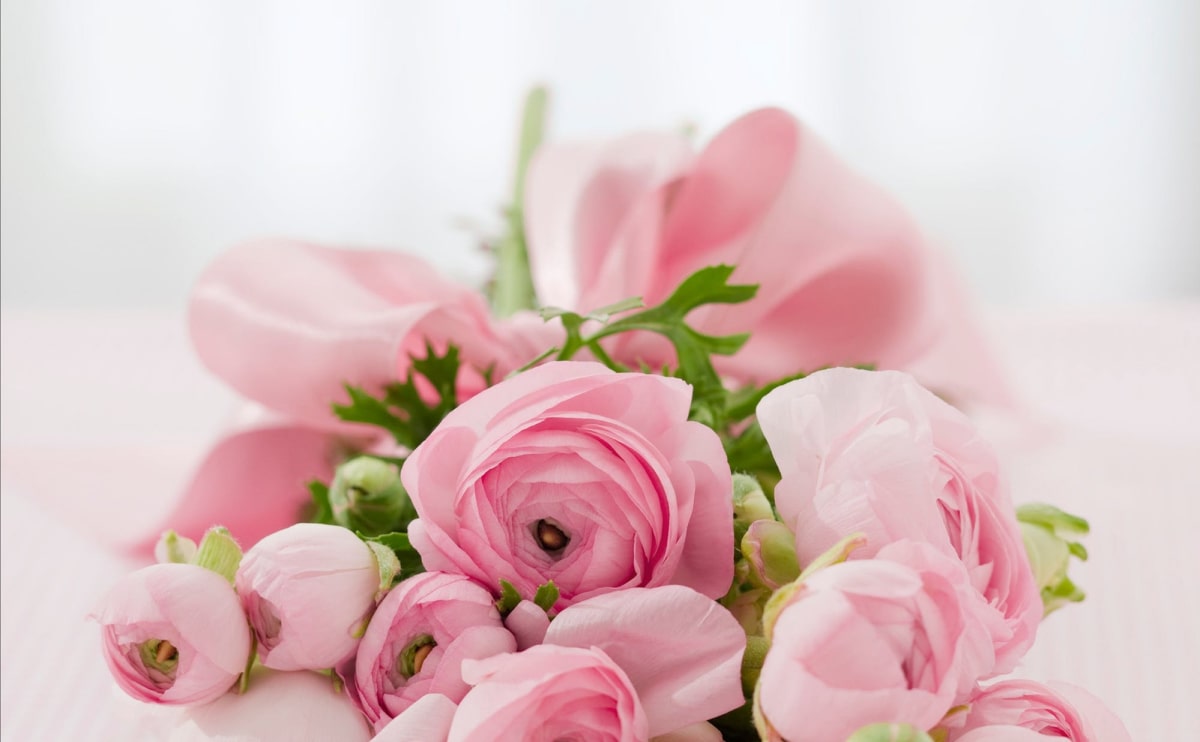Welcome to Facts Vibes! Embark on a mesmerizing journey through the world of flowers. Discover the beauty and diversity of blooms, while uncovering fascinating facts that will leave you enchanted. From the intricate biology of petals to the symbolic meanings, get ready to immerse yourself in the wondrous universe of flowers.
The Amazing World of Flowers: Fascinating Facts and Insights
The Amazing World of Flowers: Fascinating Facts and Insights
Flowers are more than just beautiful decorations; they play a vital role in the ecosystem. From their vibrant colors to their unique fragrances, flowers have captivated humans for centuries. Did you know that some flowers can communicate with insects through their scent? Or that certain flowers bloom at night to attract specific pollinators?
Flowers hold significant cultural and symbolic meanings across different societies, often representing love, purity, and renewal. They have also been used for medicinal purposes since ancient times, with many traditional remedies derived from various flower species.
In the context of environmental conservation, it’s crucial to understand the ecological importance of flowers. They provide food for pollinators, contribute to biodiversity, and support overall ecosystem balance.
Exploring the amazing world of flowers reveals a wealth of fascinating information and insights that deepen our appreciation for these remarkable creations of nature. Whether in a garden, a wild meadow, or a bouquet, flowers continue to inspire and intrigue us with their beauty and significance.
Most popular facts
The largest flower in the world is the Rafflesia arnoldii, which can grow up to 3 feet in diameter.
The largest flower in the world is the Rafflesia arnoldii, which can grow up to 3 feet in diameter.
The Titan Arum, also known as the “corpse flower,” is the largest unbranched inflorescence in the world.
The Titan Arum, also known as the “corpse flower,” is the largest unbranched inflorescence in the world.
The Victoria water lily has leaves that can grow up to 10 feet in diameter, making it one of the largest aquatic plants.
The Victoria water lily has leaves that can grow up to 10 feet in diameter, making it one of the largest aquatic plants.
The corpse flower emits a strong odor similar to that of rotting flesh to attract pollinators.
The corpse flower emits a strong odor similar to that of rotting flesh to attract pollinators.
The lotus flower has a symbolic significance in many cultures, representing purity, enlightenment, and rebirth.
The lotus flower has a symbolic significance in many cultures, representing purity, enlightenment, and rebirth.
The world’s oldest flower is believed to be Montsechia vidalii, which dates back 130 million years.
Montsechia vidalii is believed to be the world’s oldest flower, dating back 130 million years.
The Middlemist’s Red, a rare flower originally from China, is considered one of the most expensive flowers in the world.
The Middlemist’s Red, a rare flower originally from China, is considered one of the most expensive flowers in the world.
Edelweiss is a small, white flower that grows in the Alps and is known for its association with alpine folklore.
Edelweiss is a small, white flower that grows in the Alps and is known for its association with alpine folklore.
The saffron crocus is cultivated for the crimson stigmas, which are used as a seasoning and coloring agent.
The saffron crocus is cultivated for the crimson stigmas, which are used as a seasoning and coloring agent.
Some flowers, like the snapdragon, have specially adapted petals that resemble the face of a dragon when squeezed from the sides.
Certain flowers, like the snapdragon, have specially adapted petals that resemble the face of a dragon when squeezed from the sides.
The “bleeding heart” flower, named for its heart-shaped petals and droplets of nectar, is associated with love and compassion.
The “bleeding heart” flower is associated with love and compassion due to its heart-shaped petals and droplets of nectar.
The moonflower blooms at night and is pollinated by night-flying insects, closing during the day to conserve nectar.
The moonflower blooms at night and is pollinated by night-flying insects, closing during the day to conserve nectar.
Flowers such as the sunflower exhibit heliotropism, following the movement of the sun across the sky throughout the day.
Heliotropism is the phenomenon in which flowers, such as the sunflower, follow the movement of the sun across the sky throughout the day.
The bee orchid mimics the appearance and scent of a female bee to attract male bees for pollination.
The bee orchid mimics the appearance and scent of a female bee to attract male bees for pollination.
The passion flower’s unique floral structure has been interpreted as symbolic of the crucifixion of Jesus Christ by some Christian traditions.
Yes, the passion flower’s unique floral structure has been interpreted as symbolic of the crucifixion of Jesus Christ by some Christian traditions.
In conclusion, understanding the intriguing and diverse world of flowers can enhance our appreciation for nature’s beauty and wonders. So next time you admire a bouquet or stroll through a garden, take a moment to ponder the remarkable facts behind these delicate and fascinating creations.
